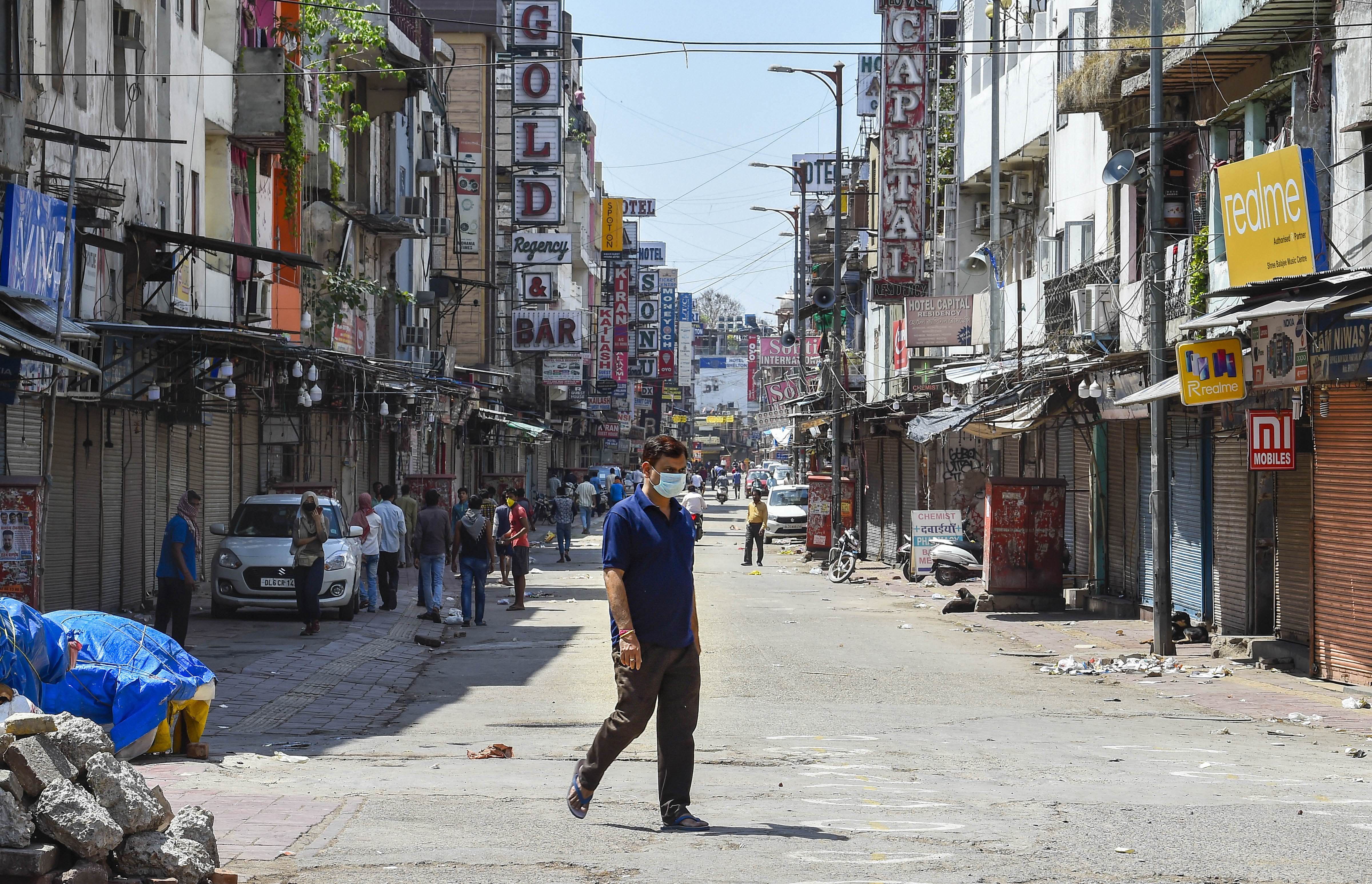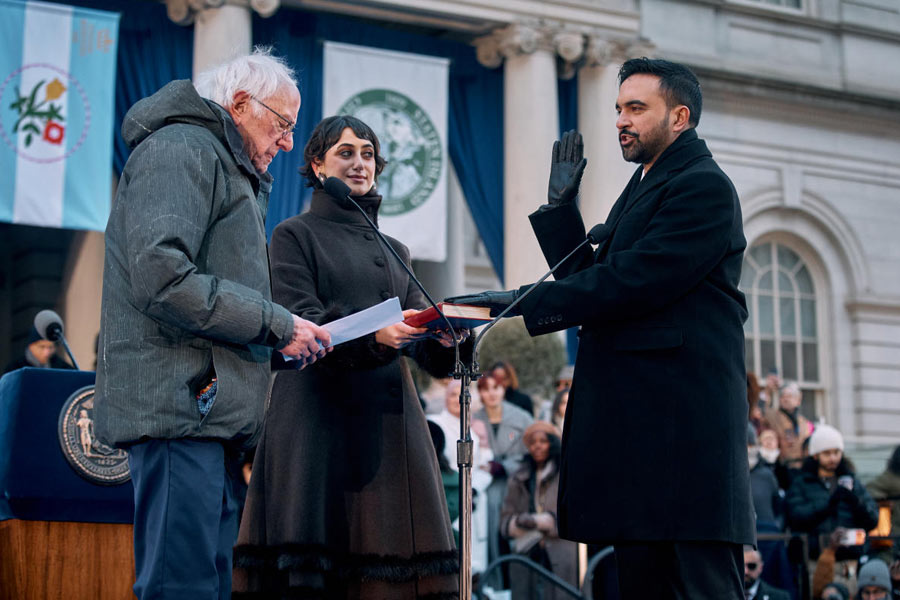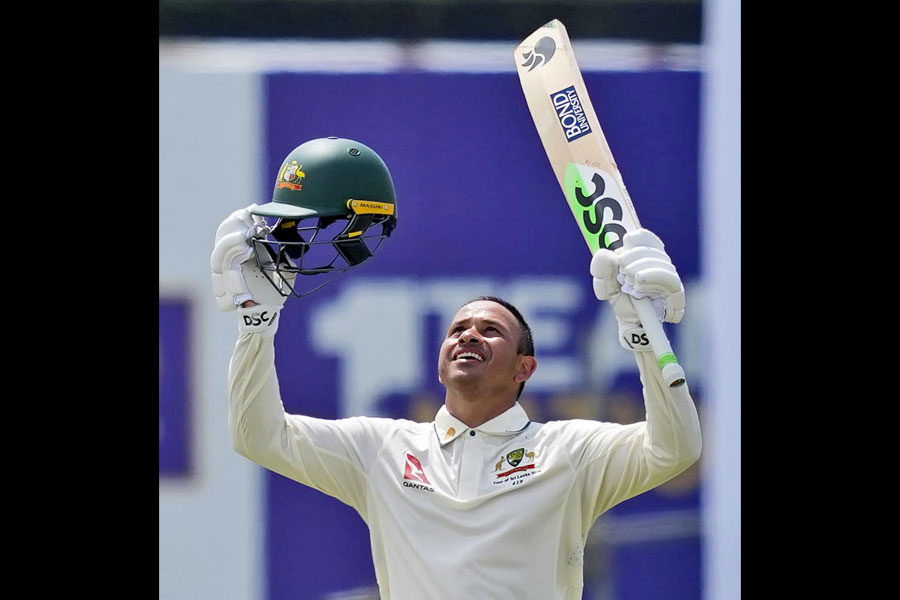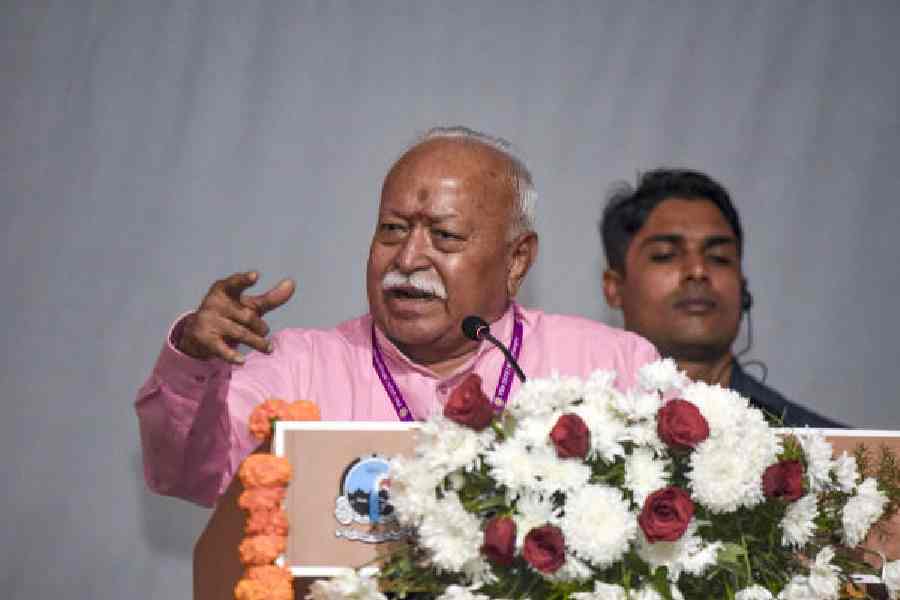At this time of enforced leisure and quiet reflection, there is the irresistible temptation to jump from correctness to correctness. Over the past month, ever since the coronavirus began registering on the mental radar of the Man from Matunga, India — along with the rest of the world — has been subjected to an overdose of punditry. This is hardly surprising since punditry is very much a home-grown phenomenon.
First, we were hesitantly reassured by C-grade pundits that what began in Wuhan
is likely to remain confined to places that experience severe winters. The deadly coronavirus, it was said with the confidence of accomplished back-seat drivers, is unlikely to endure the scorching summer of India. Unfortunately, that reassurance turned out to be remarkably short-lived, as short-lived as the belief that cow urine is the most effective antidote.
Secondly, as the pandemic began its devastating journey from the Middle Kingdom to southern Europe, we were told you-ain’t-seen-nothing-yet. On March 18, an email informed me of an expert prognosis that in the coming weeks 60 per cent of the Indian population — some 700 to 800 million people — would be infected by the coronavirus, and that an estimated four to eight million people would need to be put into intensive care, although a small proportion would succumb to the pandemic. The message from a pundit who was subsequently discovered to be an economist, not an epidemiologist, was stark: either take extraordinary steps or prepare to perish.
Thirdly, on the day Prime Minister Narendra Modi announced his ‘Janata Curfew’ and the 5 pm show of solidarity with the doctors and other health workers who were risking their personal safety for the larger good, the pundits remained unmoved. Modi — a man who is loathed because he keeps on winning elections despite the outpouring of contempt from those who just know that they know better — was mocked for turning a serious problem into a carnival. What is needed, we were told, is not amateur dramatics but decisive action to meet an existential challenge. After all, how many Indians are privileged to have balconies?
Fourthly, when, two days later, it turned out that the Janata Curfew was merely a dress rehearsal aimed at sensitizing every Indian — and not merely those with online access to The New York Times — to a threat they may not have fully comprehended, the mantra of the pundits changed to another holy book. How can you, they outraged, unilaterally announce a three-week national lockdown — even if it is with folded hands — without preparing the population? Where, they asked, were the operational details of the lockdown? Why didn’t the prime minister list these in his speech? And, where is the financial bailout package that should necessarily come with a giant step such as this?
Fifth, came the oozing of compassion for those who have casual jobs and are migrant labour. This was undeniably a legitimate concern, but it was also accompanied by some of the most short-sighted acts of seeming charity. The Delhi government chartered a fleet of buses to take migrant workers to the bus terminus near the Delhi-Uttar Pradesh border. There was apparently a bush telegraph assurance that there would be buses there to transport them to their villages. Maybe the idea was to show that the images of some migrants walking along deserted highways to reach villages some 200 kilometres away had moved the custodians of the aam aadmi’s conscience. Maybe it was a case of some monumental cock-up. The dissection of the decision-making can await another day. What matters is there was a mad rush of people to reach the bus terminus, a rush that made a complete dog’s breakfast of social distancing — an idea that continues to bewilder many people in a country where the extended family and the community are all-important.
The verdict of punditry was near-unanimous: the lockdown was typical of a heartless government that cannot see beyond the middle classes. The historically challenged compared the crowds in places such as Azadpur terminus with the great Partition migration of 1947 — where, by the way, some 10 million people crossed the Radcliffe Line. Others equated the panic in Delhi to the queues witnessed outside banks during the demonetization of November 2016. Whatever the analogy, the pundits concluded that the Modi government had, once again, acted in panic, without either planning or foresight. Those who a few days earlier had been in the forefront demanding draconian measures to save the Indian people from the coronavirus now concluded that the 21-day lockdown was a knee-jerk reaction prompted by sudden move from complacency to panic.
Finally, after a week of the great lockdown — something most countries in the West haven’t dared to undertake — the pendulum of punditry has again moved in another direction. The familiar email that landed in my inbox on the morning of March 31 was unambiguous. Even if, proclaimed yet another pundit, some 20,000 people die of the coronavirus in India over the next six months, it does not justify crippling the economy and endangering “hundreds of millions of daily-wagers and rural landless labour”. Checking the earlier email, it was apparent that the four to eight million infected souls who were earlier supposed to have needed ICU treatment had now shifted to a projection of just 20,000 deaths. Considering that the average age of the 12,428 or so killed by the coronavirus in Italy is 79.5 years, this would imply that Indians are either remarkably sturdy or that the earlier projections were part of voodoo economics.
In the coming days, as the sheer magnitude of the economic impact of the lockdown comes to be realized, the question of money-or-your-life is bound to be raised. The choice before India’s decision-makers was not easy. All over the West, but particularly in the United States of America, administrations have opted for ambivalence and partial lockdowns, hoping to salvage something from the badly affected economies. Germany’s mass testing strategy is one example of what is now being lauded, as was the now-junked United Kingdom’s herd immunity approach a week earlier. But imagine if Modi had opted for a halfway house approach? Wouldn’t the same pundits have mercilessly flayed him for being unconcerned with people’s lives and for putting his faith in the GDP over humanity? Modi put his entire reputation and future on the line on the belief that 21 days of pain were preferable to 21 years of misery. No other Indian leader in living memory would have taken such a monumental risk.
Is the gamble justified? The simple answer is that we don’t know. There are even some pundits who are willing to admit the leap into the unknown. The historian, Niall Ferguson, is one: “We simply do not know enough about the Sars-CoV-2 to have any conviction about how many... it will kill. In the absence of adequate testing around the world, we still don’t quite know how many people may already have caught the virus and be just fine. We don’t know just how infectious it is. And we can only guess at how lethal it is, on the basis of widely divergent case fatality rates from around the world. Pandemics are not like house fires or car crashes: they are not normally distributed along a bell curve but governed by a power law... Covid-19 could kill 40,000 Americans. But if the virus spreads as far as H1N1 — swine flu — did in 2009, so that 20% of us get it, and the US has the (very low) German case fatality rate of 0.7%, we could have 400,000 dead.”
It would help if today’s coronavirus punditry is treated on a par with the ancient world’s astrology.











